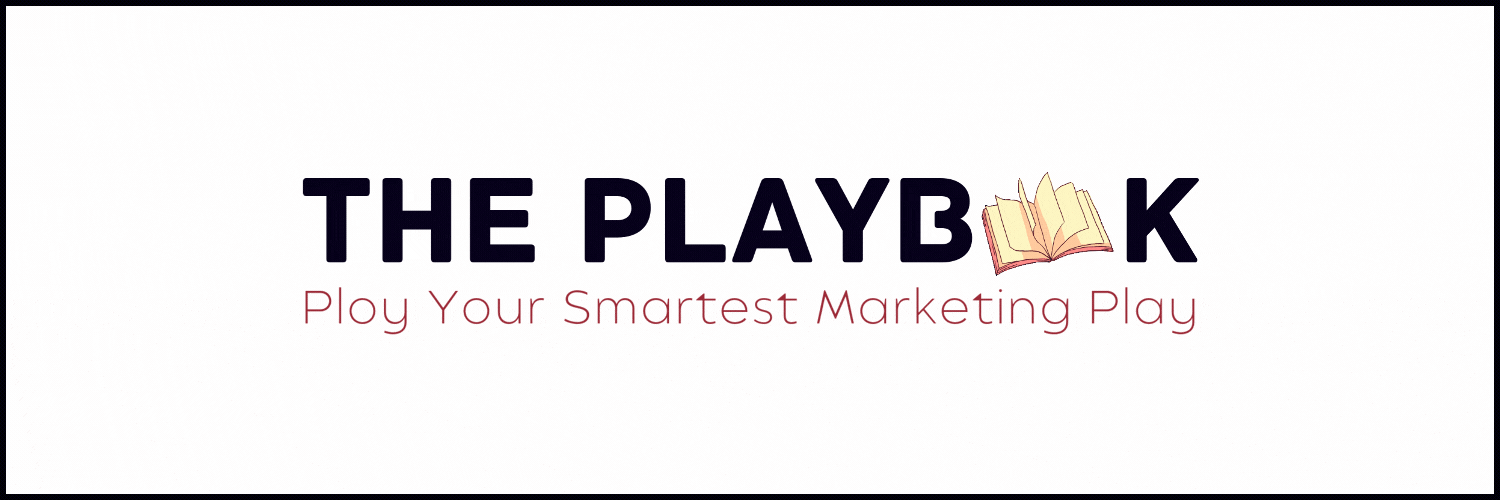The Impulse vs. Intent Split
🧠 Rethinking Email ROI by Decision Speed

Hey Readers 🥰
Welcome to today’s edition, bringing the latest growth stories fresh to your inbox.
And just a quick heads-up! If you stumbled upon us through a friend, make sure to subscribe below! That way, you’ll never miss out on the trending stories.
🧠 The Impulse vs. Intent Split: Rethinking Email ROI by Decision Speed
Here’s what most brands miss when evaluating email performance:
Not all purchases are created equal. And more importantly—not all thinking time is equal.
You’re measuring email ROI the same way whether the customer took 5 seconds or 5 days to decide. That’s a mistake. Because email doesn’t play the same role across impulse vs. intent-driven buying cycles.
Impulse Purchases: Email as a Trigger
Think low-cost jewelry, novelty gadgets, merch drops. These are fast-twitch decisions. Email here acts like a matchstick:
- The open → click → purchase loop happens almost instantly
- Visuals and urgency dominate (subject lines matter more than segmentation)
- Discount sensitivity is high, but purchase friction is low
- Frequency can be higher—your job is to spark desire, not nurture it
But the downside? Burnout risk.
Impulse buyers are cheaply acquired, easily lost. And over-sending kills novelty fast.
Intent Purchases: Email as a Companion
Now think supplements, furniture, high-end skincare. These take research, comparison, trust. Email here becomes a decision co-pilot:
- Buyers might open 5+ emails before taking action
- Flows matter more than campaigns—educational, reassurance-based, high-context
- Time-to-purchase is longer, but CLTV is richer
- Win lies in timing, not just frequency—behavior-triggered journeys crush batch sends
This means attribution models must change.
If someone clicked your email 4 days ago, googled you twice, and bought after a retargeted ad… who gets credit?
Old answer: whoever was last.
Smart answer: whoever helped the most.
📌 For impulse-based SKUs: Track click-to-purchase speed, prioritize visual email testing, and introduce novelty more than education.
📌 For intent-based SKUs: Build long-tail nurture flows, use browse abandonment logic with layered messaging, and measure assisted conversions—not just last-touch.
Better yet: segment your list by buying speed, not just demographics or engagement.
To make this shift crystal clear, here’s a framework that breaks down how email strategy must adapt when you’re dealing with 5-second impulses versus 5-day decisions:
Because the goal isn’t to send more email. It’s to send the right kind of message for the speed of thought your product lives in.
Partnership with Levanta
PPC costs keep rising. Affiliate marketing gives you another path.
If you sell on Amazon, you’ve seen it firsthand—PPC costs are up, and returns are getting harder to justify. But there’s a smarter way to scale without burning through budget.
More sellers are shifting to affiliate marketing—a model that brings in external traffic, boosts your organic rankings, and only costs money when it drives a sale.
How?Amazon rewards sellers who drive traffic from outside platforms—like blogs, review sites, and social posts. That traffic helps your listing perform better and convert higher.
The result:
✅ Lower ad spend
✅ Higher rankings
✅ More sales
Levanta has put together a free guide that breaks it all down:
- How to set up an affiliate program that works
- Which networks are best for Amazon sellers
- How to find quality affiliates
- Common mistakes (and how to avoid them)
🗝️ Tweet of the Day

Advertise with Us
70% of email clicks are bots but not with The Playbook. Reach real human buyers with verified clicks and only pay for actual engagement.
We'd love to hear your feedback on today's issue! Simply reply to this email and share your thoughts on how we can improve our content and format. 😍